Eric Leven began his career in VFX and at Tippett Studio on STARSHIP TROOPERS. He has participated in many projects such as ARMAGGEDON or HOLLOW MAN. As VFX supervisor, he took care of movies like CLOVERFIELD, SEASON OF THE WITCH or THE TWILIGHT SAGA: ECLIPSE.
What is your background?
I’d always wanted to work in the VFX industry, so I studied film on the east coast and started working on commercials after graduation in the early 90s. Picked up come CG experience during that time and went to work for Tippett on STARSHIP TROOPERS in ’96. The combination of practical filmmaking experience (I continued to shoot short films while working at Tippett) and knowledge of CG proved invaluable at Tippett, where we really use both sets of skills in everything we do.
How was the collaboration with director Bill Condon?
It was the best part of the film; Bill was incredibly collaborative and really allowed us to take the wolf scenes where we wanted to go with them. He also treated the wolves as characters, and not props or « assets ». His direction was « Jacob seems sad, but should be concerned » instead of « Jacob’s head is too low ». This is absolutely the best way to work with a director and I think made the scenes with the wolves as good as they could be.
How did you work with Production VFX Supervisor John Bruno?
John was very collaborative and after speaking with us about his concerns for a sequence, really let us run with the bulk of the vfx design and creation for the wolf scenes. This started with storyboarding, through previz and shooting, and all the way out to finished shots. John was really a pleasure to work with, and the fact that someone with his level of expertise trusted us so much speaks to his character as a vfx supervisor.
What have you done on this show?
We created the all digital wolves for both BREAKING DAWN 1 and 2.
How did you split the work with Phil Tippett?
Phil and I were both on set overseeing the wolf shots, and often times had to split up among the production units that were shooting at the same time. For example, while he was working on second unit with the big wolf running shots, I would be with first unit working with Taylor as he changes into a wolf. In BD1 there were two big wolf sequences, and Phil and I each oversaw one of them (the lumberyard gathering and the wolf/Cullen fight respectively). On BD2 the bulk of the work was the huge third act battle, and Phil and I worked together for six weeks on that sequence.
Once we brought the work back and started postproduction, Phil stepped back and acted as a general overseer of all the work while the crew and I worked to complete the shots.
Can you tell us more about the snowflakes creation?
The snowflakes we generated for only for sticking in the wolves’ fur, and our effects animation team expanded on the work they first did in ECLIPSE.
How did you create the various digital doubles?
There were scans made of all the actors on the set, and we used those as the basis for our digital doubles. For one reason or another, the scans end up never working 100% correctly, so we also have lots of reference pictures of the actors. Then our sculptors use the difference references to create the final digital doubles.
Can you tell us more about the previsualization for the final battle?
The sequence was so large that it was previz’ed on multiple fronts. There were stunt animatics, story reels from the storyboards, and previz for some of the scenes with large number of actors to simplify choreography. Our team pre-viz’ed all the major sequences with the wolves, including their charge, and any major attacks against the Volturi. We like to work very rough, without any aesthetic niceties such as texture maps or different character models for the humans (all our humans are just naked generic men in different colors). Other companies go far as to add particle animation for snowfall and custom face textures for each character, but we find that the most important thing to get out of previz is camera placement and speed, so we’re able to determine where to put the camera and how to shoot on the day, since location shooting time is so precious.
Can you explain to us more about the shooting of the final battle?
The entire battle was filmed on a sound stage in Baton Rogue Louisiana for six weeks. It was covered with fake paper snow on the ground (which we worked hard not to dirty), and surrounded on three sides with green screen. The schedule was very short for a scene of this size with dozens of actors, so each day was figuring out what was necessary to complete a sequence. It’s a testament to Bill and the 2nd unit director E.J. Forster that the final battle was assembled from all the little sequences that were storyboarded, pre-viz’ed, or just made up on the spot. It seemed a little random and chaotic while we were shooting, but through the editing work of Virginia Katz and Ian Slater, the sequence really came together in the finished film.
How were simulated the wolves presence on-set?
We use full-size wolf « standees » which are plastic mockups that approximate the size and volume of the wolves. They’re invaluable for lining up the camera in the right place and also allowing the actors and crew to see just where the wolves will be and how they’ll « act ». Typically I will walk through the scene with a wolf standee and move the way the wolf will, so everyone gets an idea of just how the wolf will ultimately be in the finished shot.
The last episode features new wolf characters. Can you tell us more about their creation?
There were six new young wolves for BD2. Bill wanted to make sure that they felt like they were part of Jacob’s pack by using similar color and markings as Jacob. One wolf in particular, the youngest, was made to stand out by having a very specific series of markings. We called him « Petey » because he had a ring around his eye similar to the dog in the Little Rascals.
The final battle involve many wolves. How did you manage their animation?
Some of the shots did have full hand animation for up to 16 wolves, but since so much of the battle was so frenetic, we created a library of animation assets that were used throughout the sequence. These library assets were designed to look as good as possible from many different angles, and could be dropped into the background of different shots. Depending what was happening in the scene at the time, the wolves could be « winning » or « losing » to keep the character of the fight feeling as specific as possible.
How did you manage the render for many creatures?
Our render-farm is pretty robust at this point, but yes, with so many creatures, often times it’s a matter of optimizing renders where necessary. For example, lower fur counts on wolves that are far away or heavily motion blurred.
What’s the main difference with the previous episode on the technical side?
The number of wolves and the number of shots were the main technical challenges; using 3-d compositing with Nuke as well as the library of animation helped tremendously with those issues.
How did you work with the other vendors?
We worked closely with Hydraulx and Lola because we needed to pass assets back and forth between the three companies. For most of the battle sequence, Hydraulx would be responsible for replacing the green screen with an environmental background (as well as other place fixes). So there was a lot of coordination between us to get the proper background from Hydraulx, often with beauty and other fixes from Lola, to us where we composited in the wolves.
What was the biggest challenge on this project and how did you achieve it?
Getting Renesmee to ride on top of Jacob was a new challenge for us; we’d never had that much interaction between the wolves and a person. We partnered with Legacy effects, who built a full size wolf saddle that Mackenzie Foy could sit on. For certain idling shots we can hand puppeteer the saddle with Mackenzie on it by connecting it to a simple gimbal rig. For more complex shots, we converted our run cycle and other animations to motion control curves. Then a full motion control hydraulic rig animated the saddle with Mackenzie on it to match our wolf animation. By blending the practical wolf fur on the saddle with CG fur (and occasionally replacing Mackenzie’s legs with CG ones), we were able to make it appear that Renesmee and Jacob were riding through the forest together.
Was there a shot or a sequence that prevented you from sleep?
The most difficult shots were the ones where we were asked to give the vampires super-human abilities; when Santiago had to run at 40mph, for example. Those shots are an incredible balance of the needs of the shot (a vampire running at « vampire speed ») vs. what we recognize instinctively as not real. As humans, our brains have a deep understanding of how other humans move and we know on a very deep level that people can’t run at 40mph. Whenever we see that, we instantly know it’s fake. So we had to walk a fine line to find the right action and speed for the vampire, and that took a long time to find.
What do you keep from this experience?
Personally I loved working on these films, because as technically challenging as they were, it was such a joy to work with all the different personalities. We worked with director Bill Condon for over two years on this, and it was such a wonderful collaboration that you don’t often see on big budget vfx movies. Too often, vfx companies are treated as interchangeable « vendors », but Bill, vfx sups John Bruno & Terry Windell, and editor Virginia Katz, really valued us as artists and collaborators, and I think that allows us to do our finest work.
How long have you worked on this film?
We started storyboards and previz in mid 2010, then shot both movies at the same time. We wrapped BD1 in mid 2011, and BD2 in late 2012. So over two years for both movies.
How many shots have you done?
380 for BD2, about 150 for BD1.
What was the size of your team?
About 100 people.
What is your next project?
Right now we’re working on M. Night Shyamalan’s next film, which stars Will Smith and his son, Jaden.
A big thanks for your time.
// WANT TO KNOW MORE?
– Tippett Studio: Page spéciale THE TWILIGHT SAGA: BREAKING DAWN – PART 2 sur le site de Tippett Studio.
© Vincent Frei – The Art of VFX – 2012


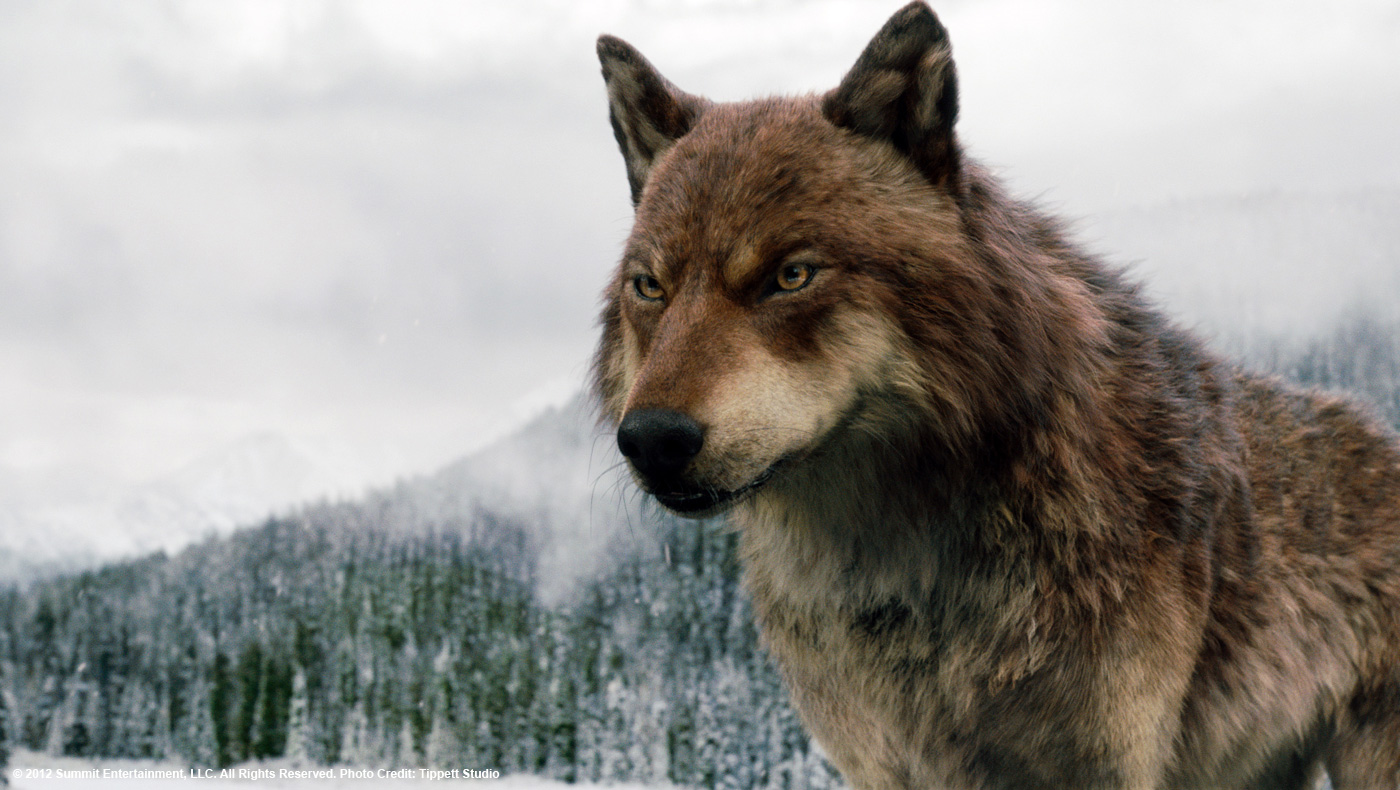
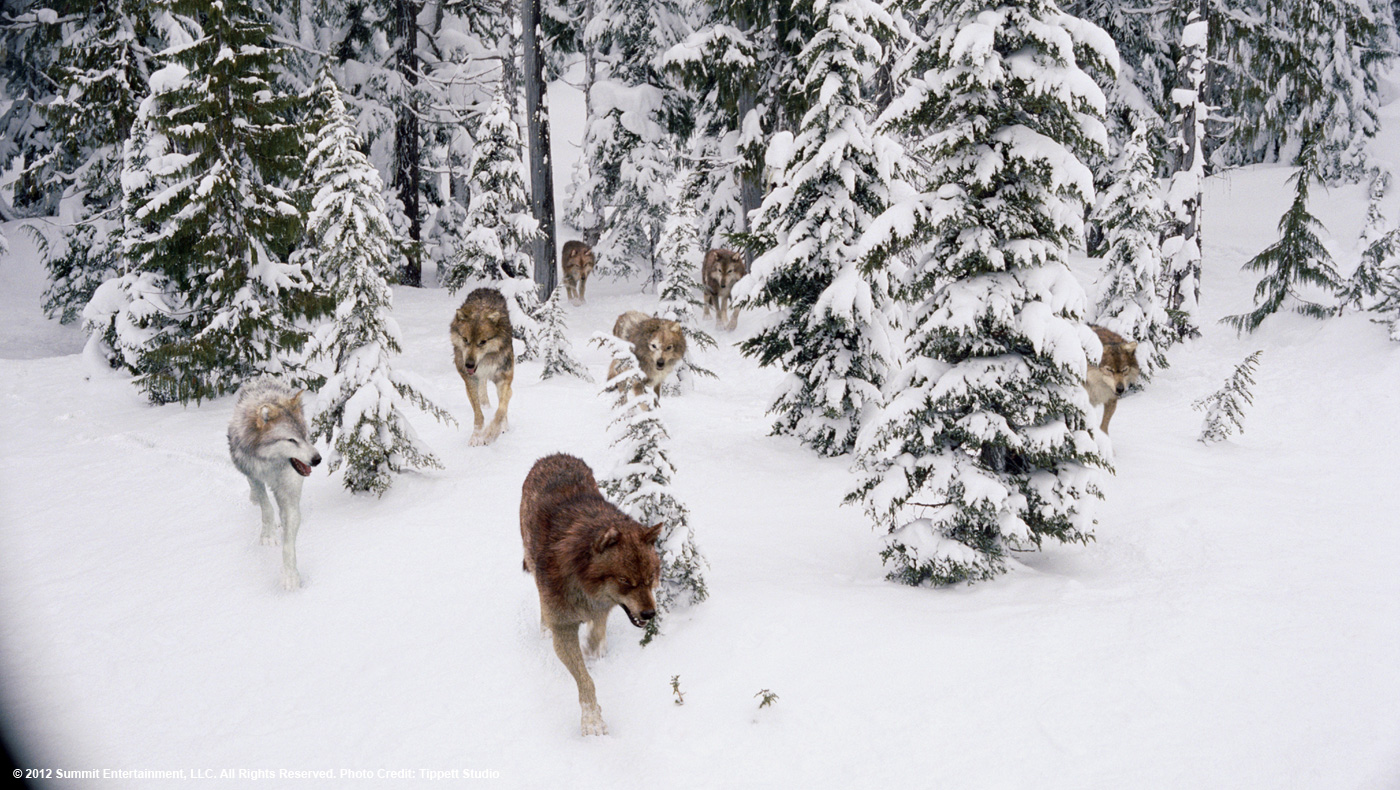
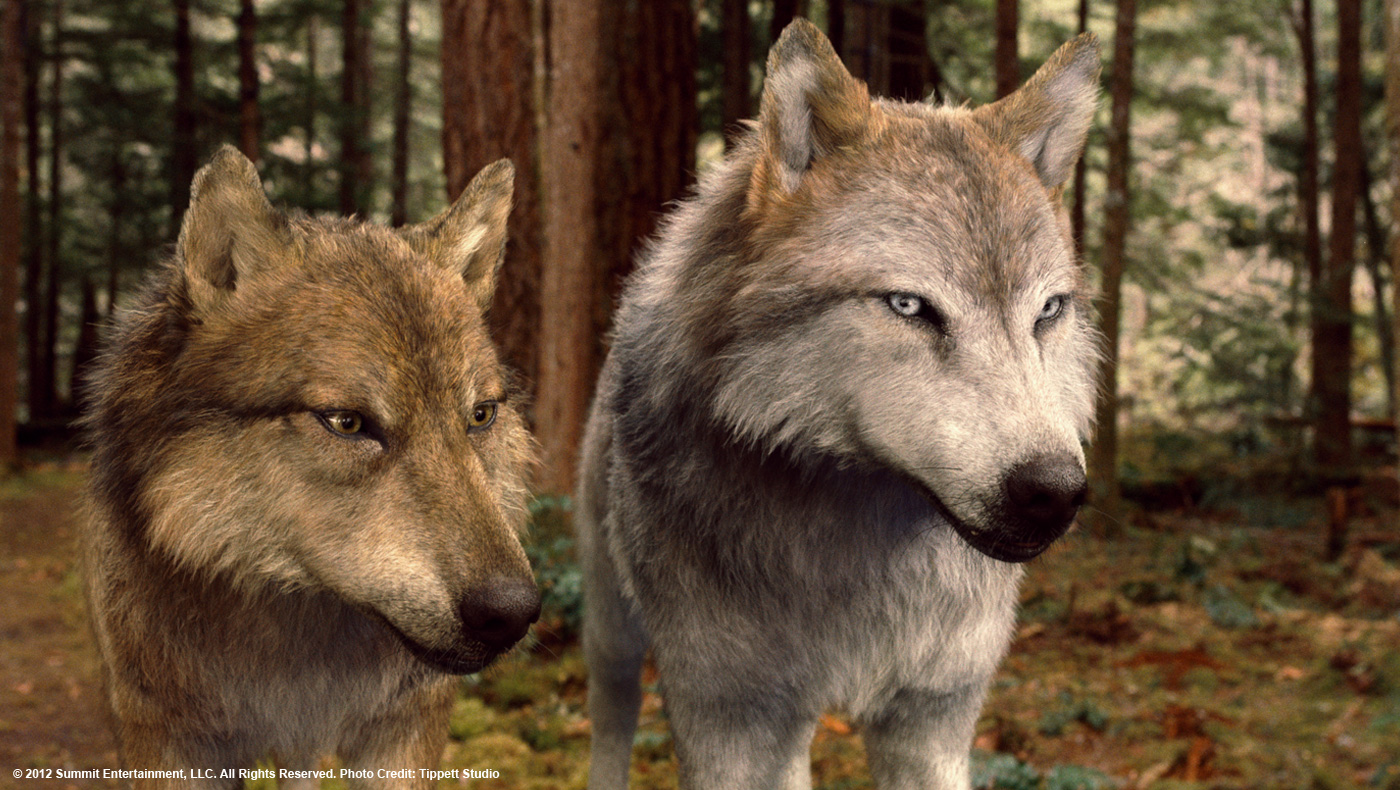
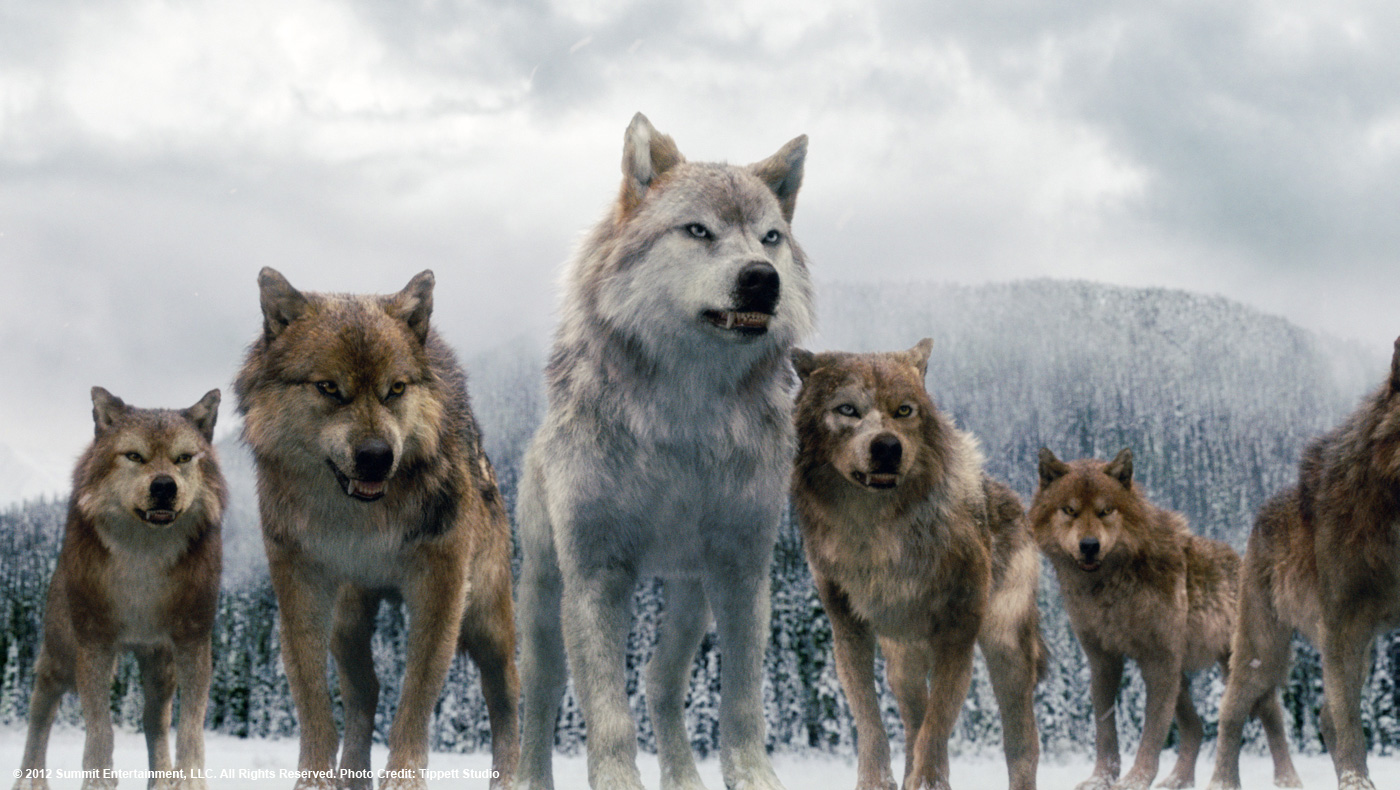
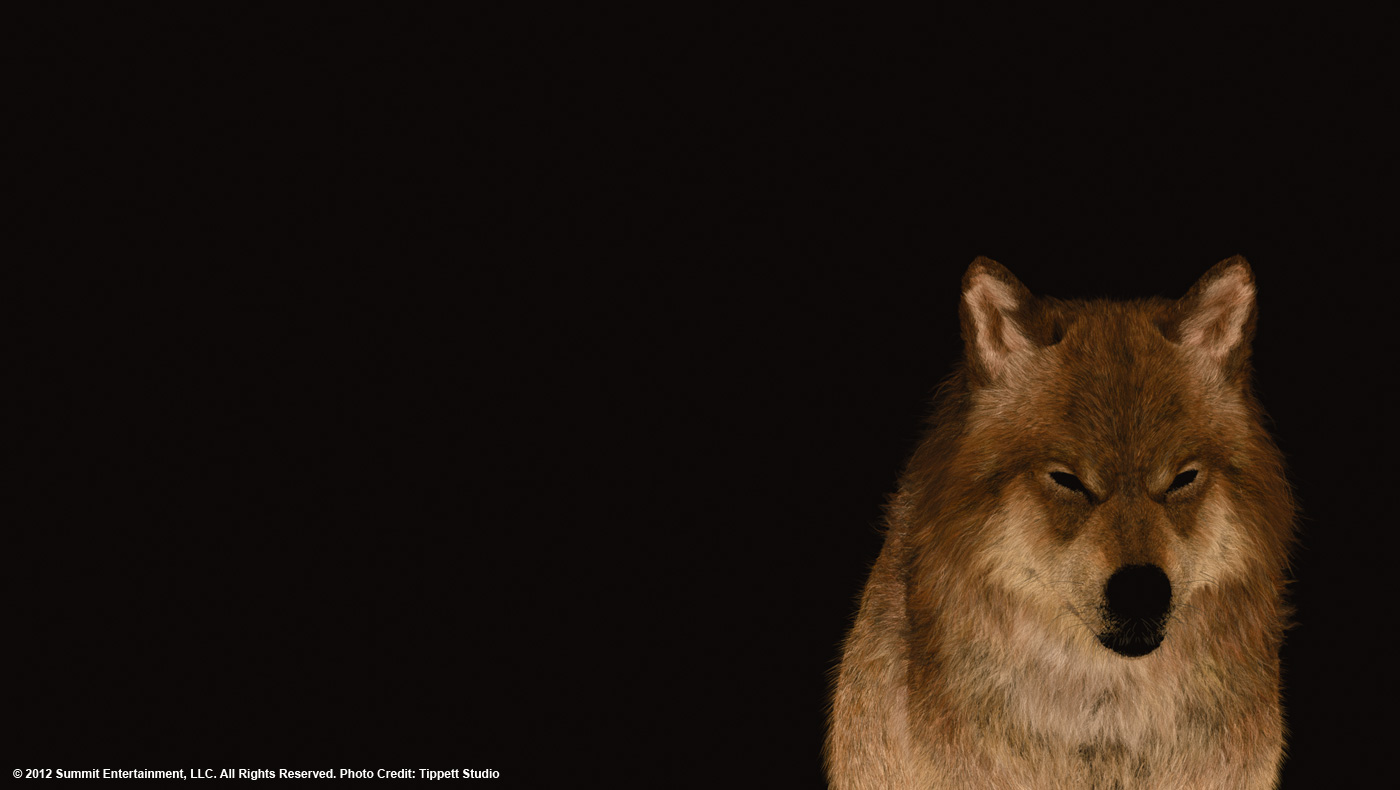
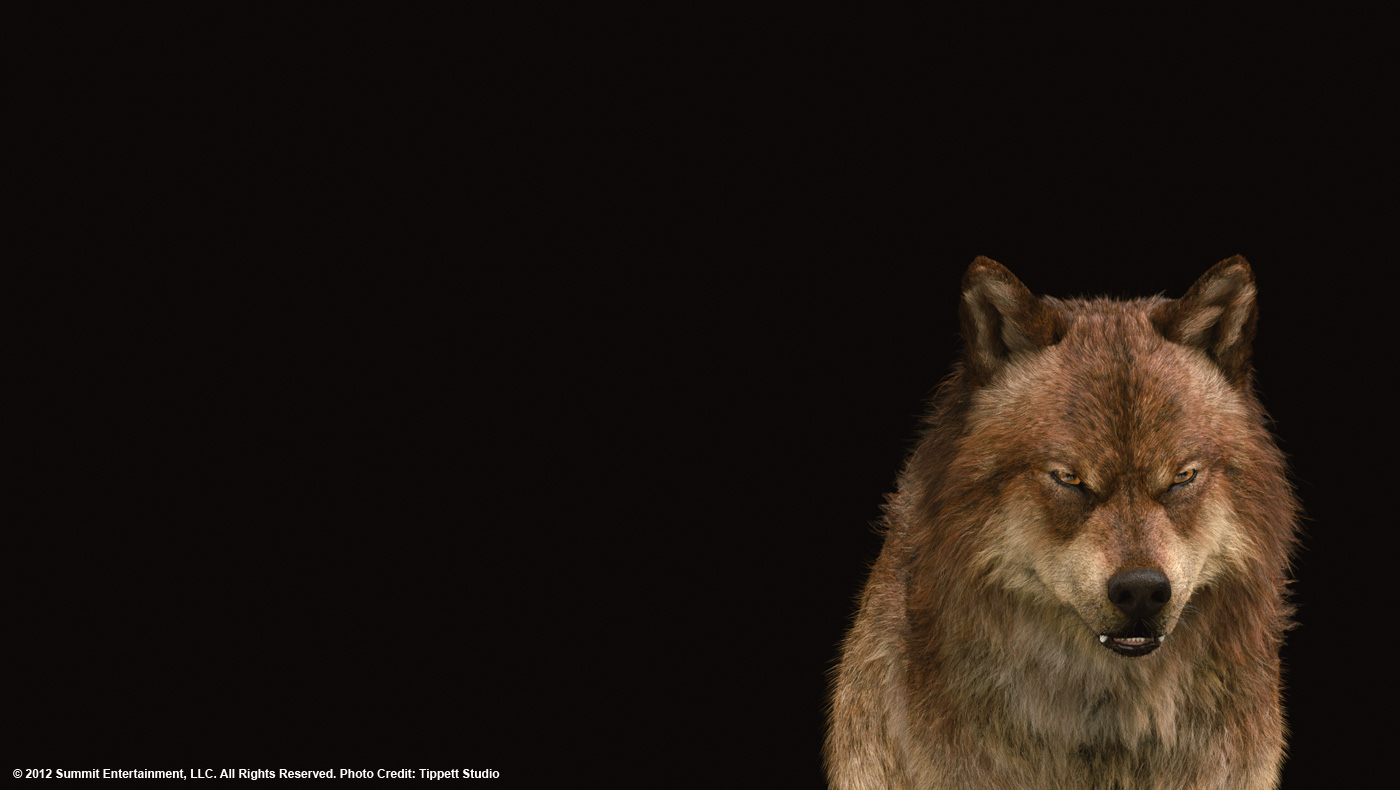

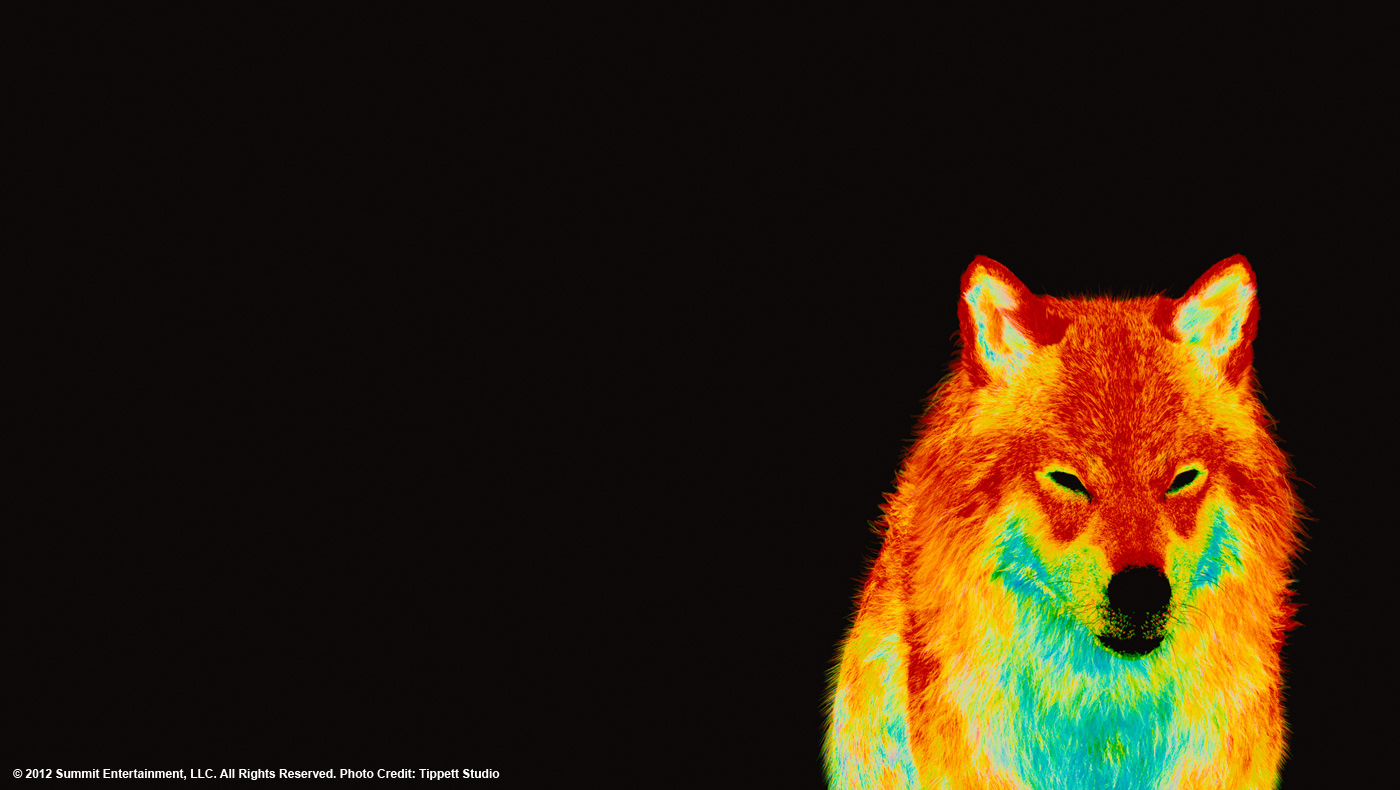
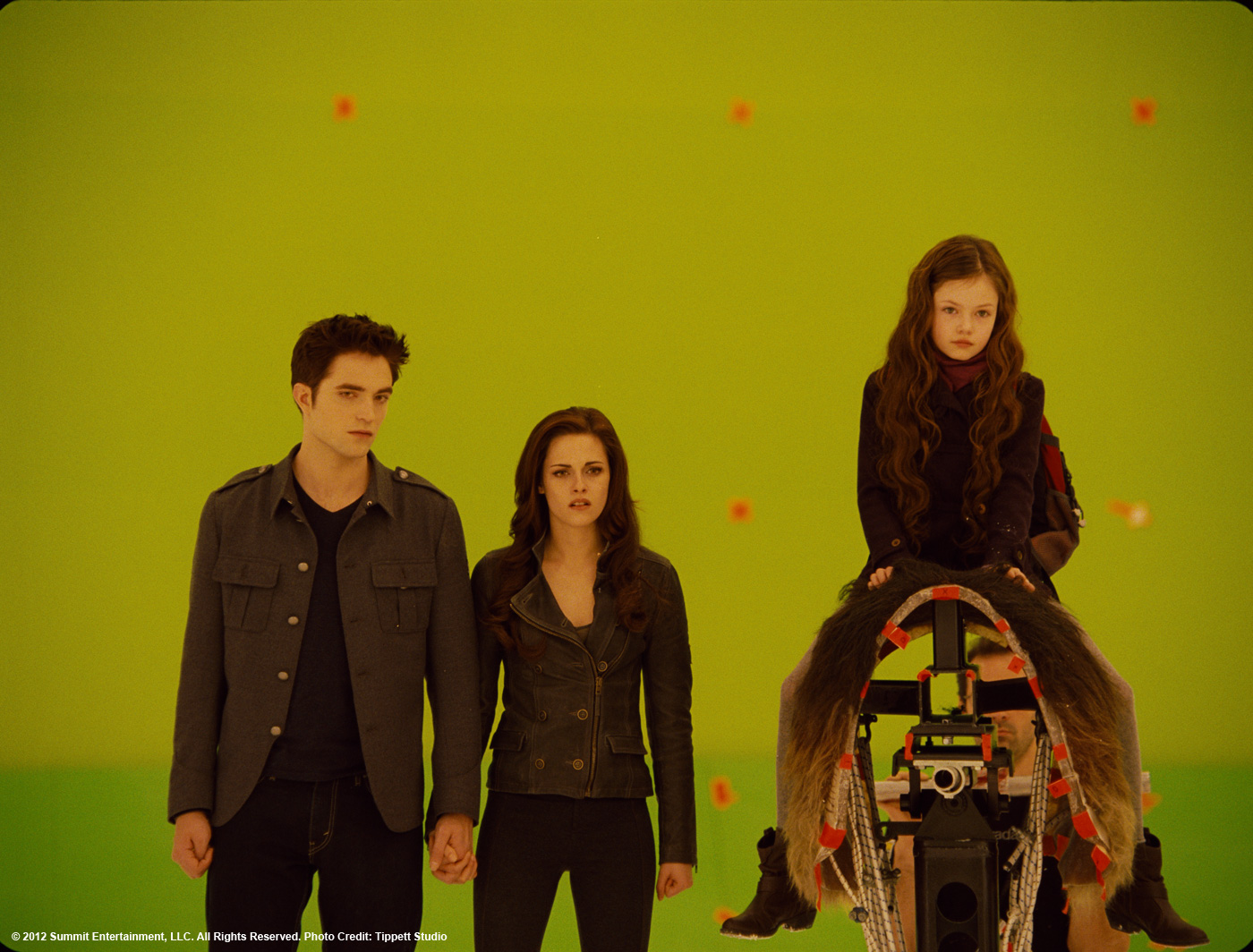
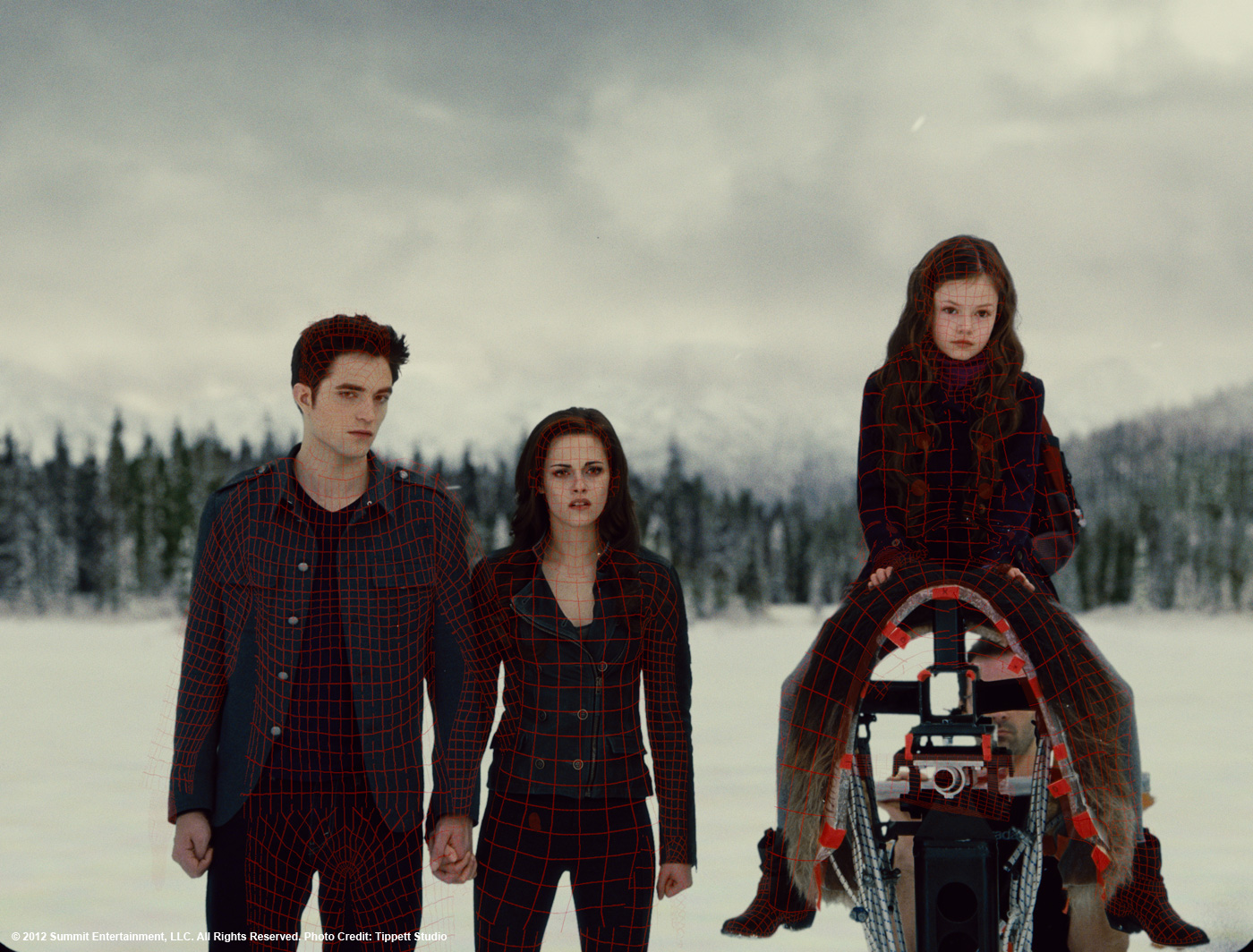
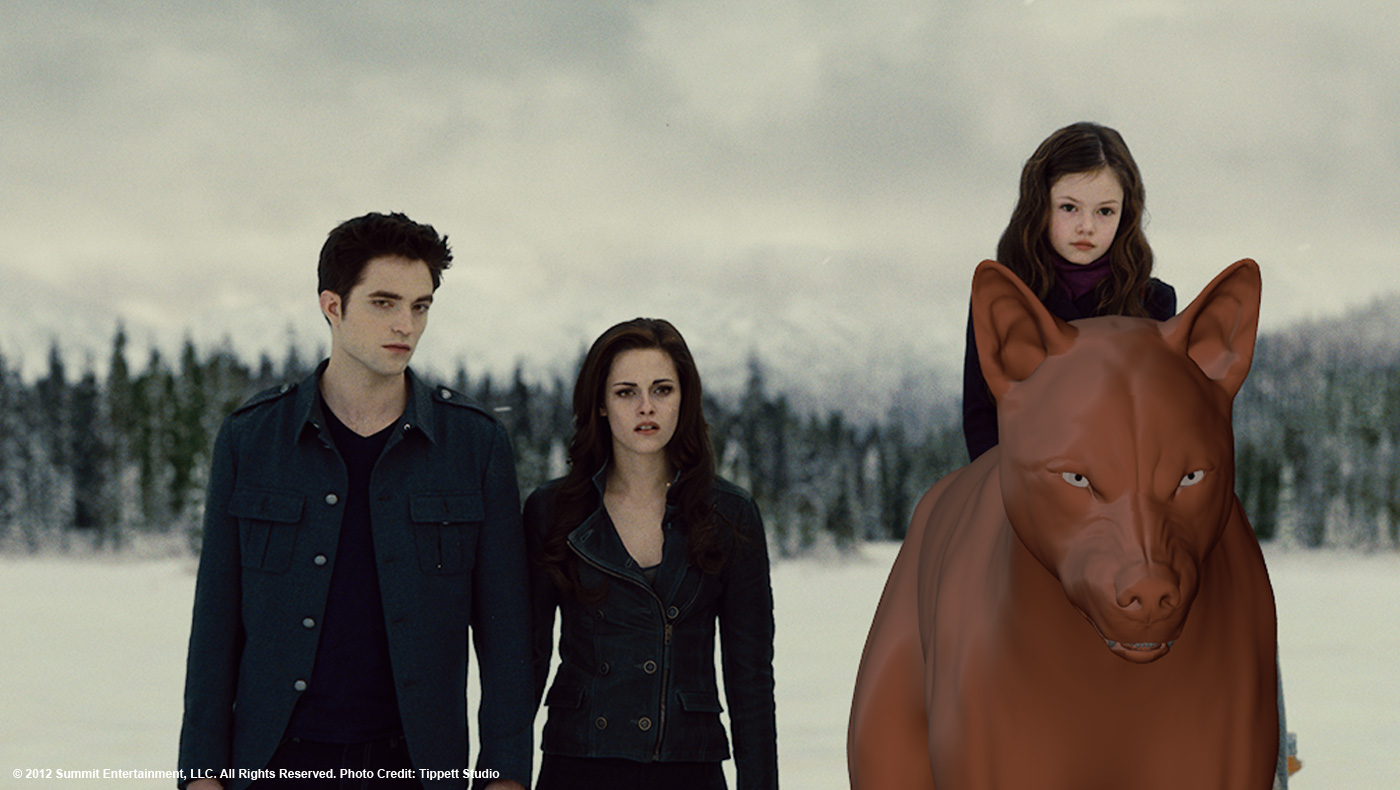
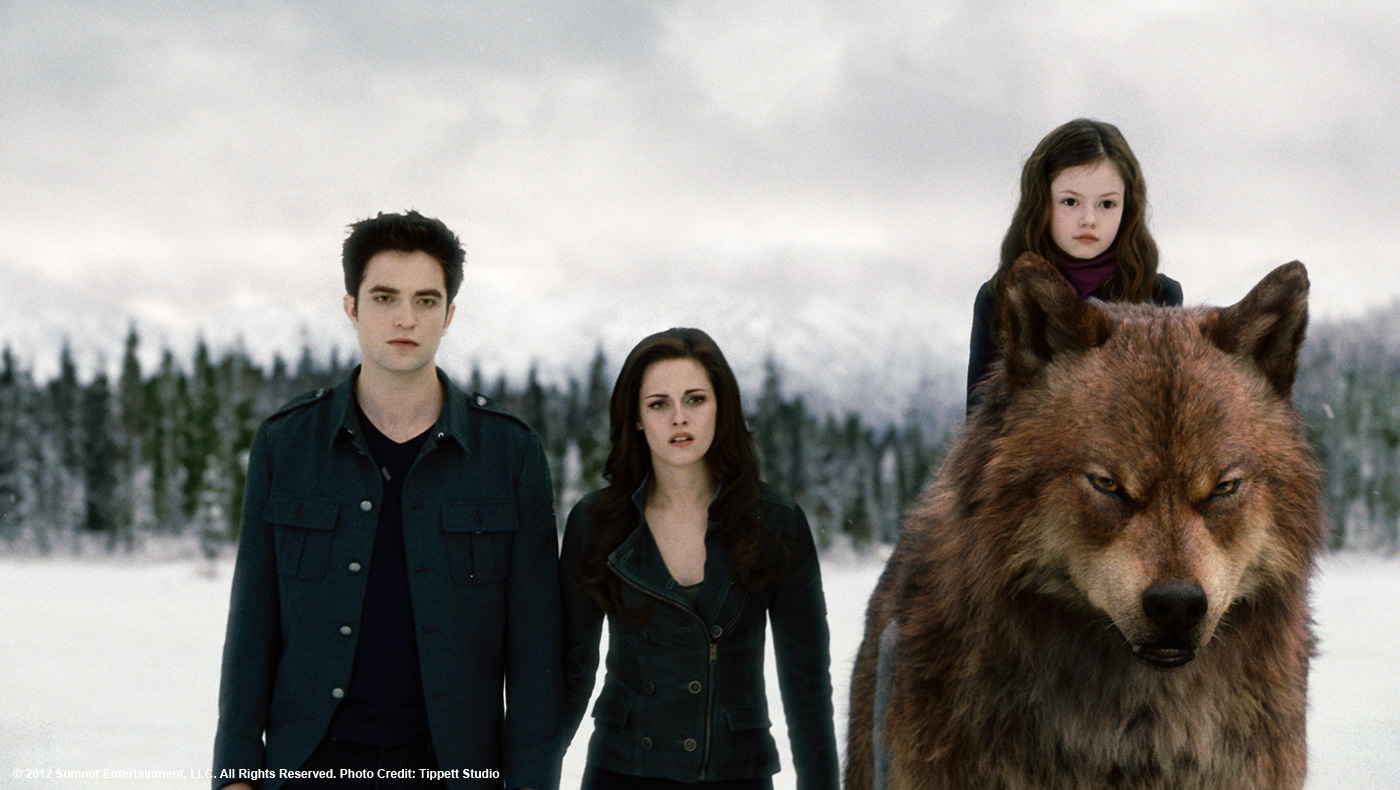
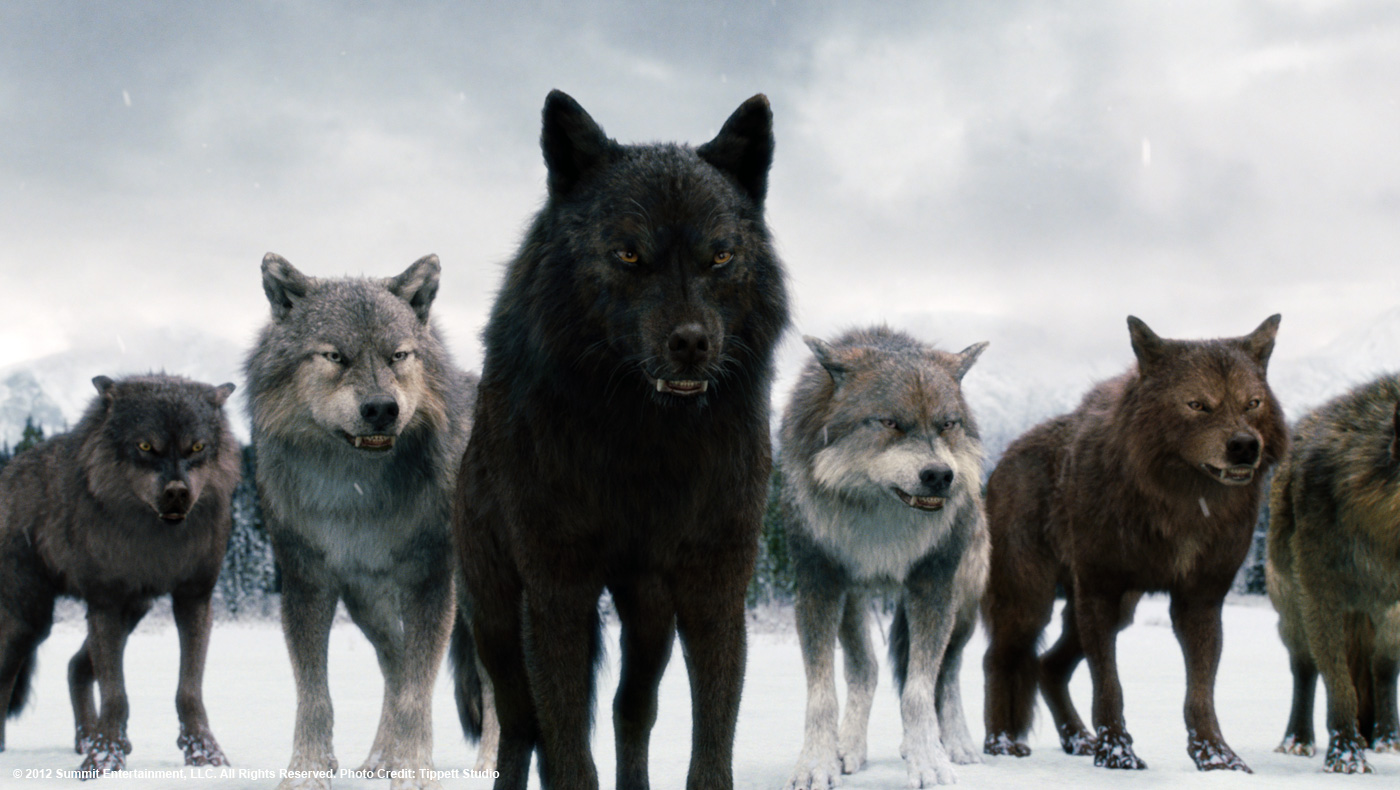





ur work was really amazing n twilight saga…:)))luvit….